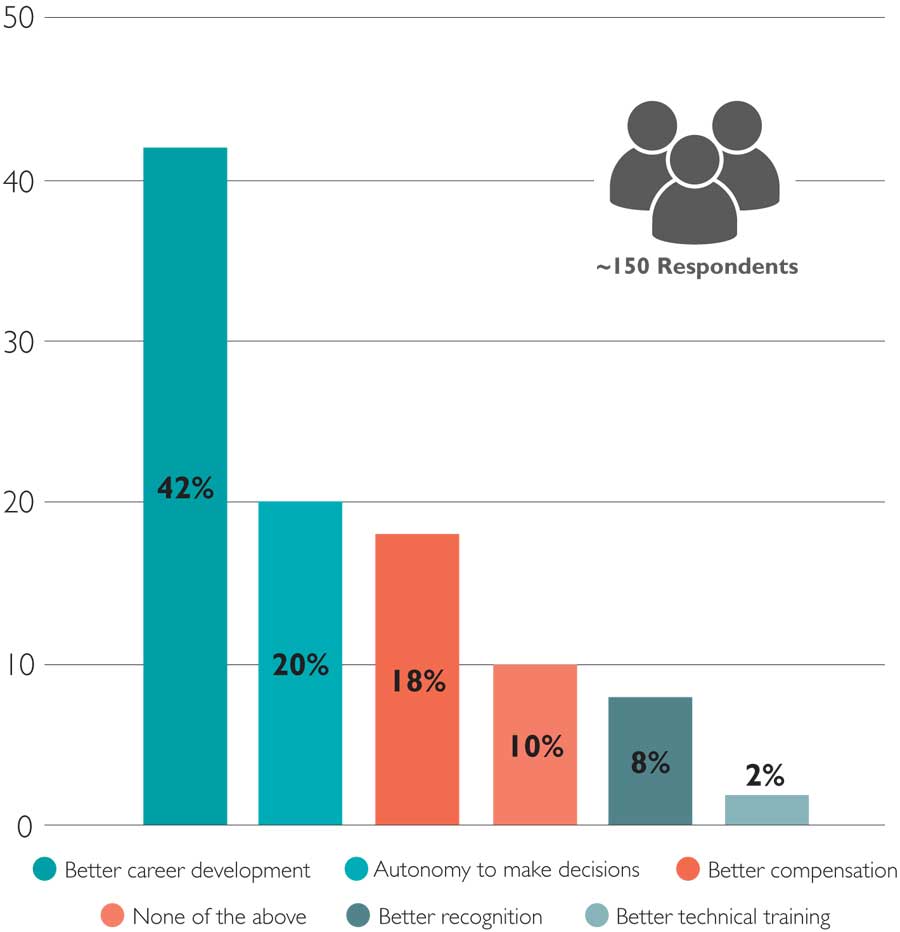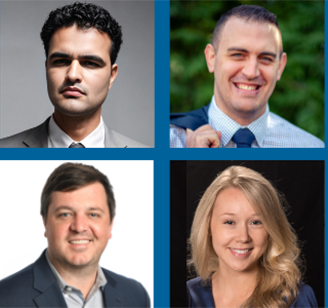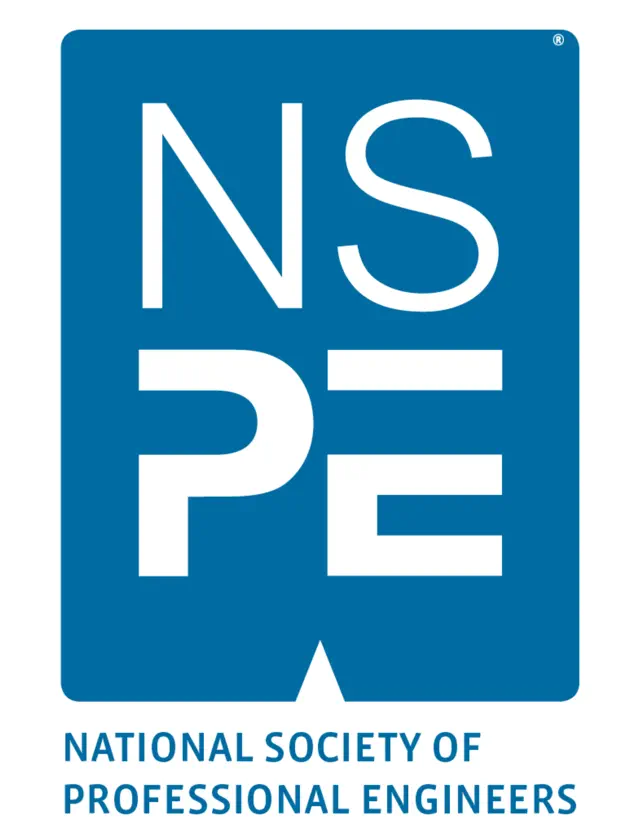November/December 2019
In Focus: Career Development
Opportunities to Advance Equals Engineers Staying Put
BY PATRICK INGRAHAM
While some might point to job fulfillment, work-life balance, and income increase as key factors in engineering employee retention, another factor of high importance to many engineering leaders hoping to retain employees: career development.
A recent survey by the Engineering and Construction Contracting Association’s Future Leaders program of its members found that career development opportunity was the top factor in attracting and retaining employees. Out of 150 respondents, 42% said better career development programs was most important to employee satisfaction, ranking higher than authority to make decisions, compensation, recognition programs, and technical programs.
In LinkedIn’s 2018 Workforce Learning Report, out of approximately 2,200 employee respondents, 94% said they would stay at a company longer if it invested in their career. And the top reason employees felt held back from engaging in learning and advancing in their careers is because they felt like they didn’t have time.
Engineering firms around the country have recognized that their employees want to seek out knowledge and training to advance their careers, and have obliged by furthering their development programs, continuing education offerings, and opportunities for employees to attain professional licensure and advancement within their workplace.
Career Development in Private Firms
In recent years, Clark Nexsen, an architecture and engineering firm headquartered in Virginia Beach, Virginia, has increased its focus on furthering technical training and giving employees opportunities to become professionally licensed, according to corporate communications manager Cat Brutvan.
“We encourage our employees to participate in our integrated design group, which is a cross-disciplinary group that explores how we address environmental impact and resiliency,” Brutvan says. “We started our own YouTube channel this summer to share useful tips and tricks related to software and new technology. We also have our employees take continuing education courses with SE University—specifically our structural engineers.”
Brutvan also says that the company has been better able to retain employees by including benefits like reimbursement for PE study materials, classes, and test cost; a bonus upon receiving professional licensure; payment if employees are in at least one professional organization; sponsored chapter meetings; and opportunities to attend conferences to promote exposure to ideas and practices outside the office.
John Rash, P.E., an electrical engineer at Clark Nexsen’s office in Raleigh, North Carolina, began working at the firm as an EIT before earning his PE license in 2016.
“I think for me personally, having the support from your firm to seek out those opportunities to make you a better engineer goes a long way in wanting to stay at that place,” Rash says. “Not only did the firm offer support for the PE exam, but I’ve been able to be a part of things like the integrated design group, and last spring I represented the firm at the NC State Energy Conference and learned a lot from other engineers in the area, which was a great opportunity for professional growth.”
Kimley-Horn, headquartered in Raleigh, North Carolina, is another engineering firm with wide-reaching training programs. The firm provides employees with opportunities to have face-to-face and hands-on experience with senior leadership and leaders in their engineering disciplines, helping the employees to learn more about marketing, business, leadership, communication, project management, and other aspects of the business.
According to the company’s vice president and director of communications, Julie Beauvais, the firm has numerous training courses and programs that give the attendees the same value and instruction as some MBA courses. Newly hired professionals fresh out of college and experienced professionals alike are given opportunities to participate in workshops and seasonal trainings tailored to their skills.
Senior leadership at firms are taking notice of how enhanced career development programs and training have allowed increased hiring and retention rates from millennial and gen-z engineers.
Career Development in Government
Not only are private firms recognizing this trend in more robust career development as a key factor in retention, but public works departments and governmental organizations are recognizing the need to increase the number of career advancement and training opportunities for young engineers.
Brian Cronin, a senior manager at consulting and technology services company ICF International, is the lead author of the National Cooperative Highway Research Program’s 2011 guidebook Strategies to Attract and Retain a Capable Transportation Workforce. The guidebook highlights career development programs like job rotation, internal staff skills development, and leadership development as ways departments of transportation across the country can better keep their newly hired young engineers.
“Job rotation programs allow employees to increase their understanding of the larger operations of the agency and to prepare for cross-functional roles and management jobs that require a great breadth of knowledge,” Cronin writes in the guidebook.
Several transportation departments in states like Texas, Alabama, Pennsylvania, and North Carolina include job rotation in their engineer training and engineering assistant programs. By rotating through different parts of the agency, young engineers gain more hands-on opportunities and knowledge, so they are fully capable of performing several different jobs and tasks.
The Texas Department of Transportation’s engineering assistant program, for example, requires a two-year obligation that includes job rotation to different positions within the department every six months to give participants a better understanding of the work environment and projects ongoing on a day-to-day basis. In addition to earning the job experience required to become an EIT or PE, engineering assistants in the program gain experience working with experienced engineers in areas that include traffic operations, design engineering, and construction.
Sheena Spriggs, an engineering training assistant with the Alabama Department of Transportation who coordinates several of the department’s training programs, says their engineering assistant “Hands on Rotation” program, among other career development programs, is successful in retaining and hiring engineers.
“Each year we have between 15 and 25 engineering assistants complete the Hands on Rotation training activity which includes rotation through construction projects, materials and tests, design, and analysis and planning,” Spriggs says. “Many of those EAs continue to develop their training through our encouraged FE/PE programs and ultimately with continued education after they’ve completed the requirements for licensure.”
Career Development and Inclusivity
Making engineers feel that they are integral to the workplace, regardless of race or sex, is another way that companies can use their career development programs to retain employees.
In 2014 the global nonprofit Catalyst published a study, “Inclusive Leadership: The View From Six Countries,” that examined the similarities across countries in how employees characterize inclusion and the leadership behaviors that help to foster it. The countries studied were Australia, China, Germany, India, Mexico, and the United States.
The study found that inclusion in those six countries was linked to employee reports of innovation and helpfulness. In all six countries, the more employees felt included, the more innovative they reported being in their jobs.
Some engineering workplaces, like the Minnesota Department of Transportation, are working to partner with schools and minority organizations to recruit and maintain a diverse employment base. MnDOT’s Seeds Program, for example, provides paid college-level positions to minority or economically disadvantaged students, recently separated veterans, students with disabilities, or female students in nontraditional fields of study.
Firms like Kimley-Horn hold career development workshops for emerging female leaders and other firms including Clark-Nexsen hold workshops and roundtable discussions that gather engineers from all different backgrounds to discuss different views, projects, and innovation.
Noting the current demographics of most engineering and public works professionals, Cronin wrote in his guidebook, “intensifying diversity-focused recruiting efforts should be the next step in ensuring competent employees are at the forefront of innovation and leadership.”
2019 Engineering and Construction Contracting Association’s
Future Leaders Program Survey
What is most important to you regarding employee satisfaction?



 Volunteering at NSPE is a great opportunity to grow your professional network and connect with other leaders in the field.
Volunteering at NSPE is a great opportunity to grow your professional network and connect with other leaders in the field. The National Society of Professional Engineers (NSPE) encourages you to explore the resources to cast your vote on election day:
The National Society of Professional Engineers (NSPE) encourages you to explore the resources to cast your vote on election day:
